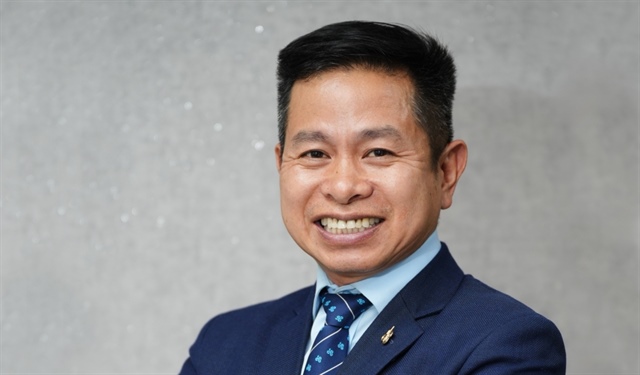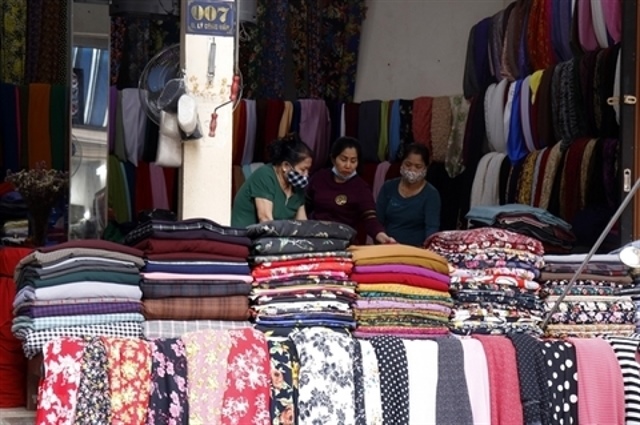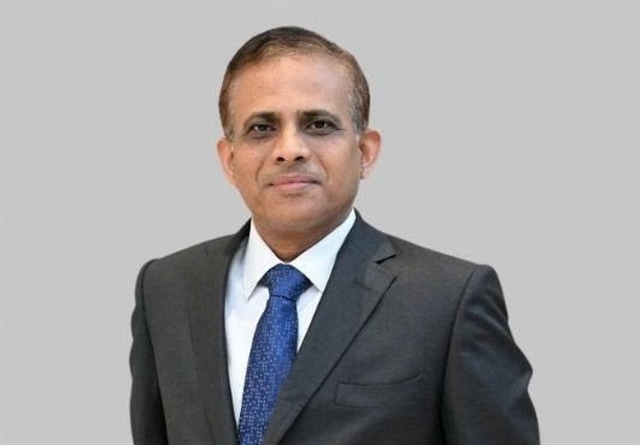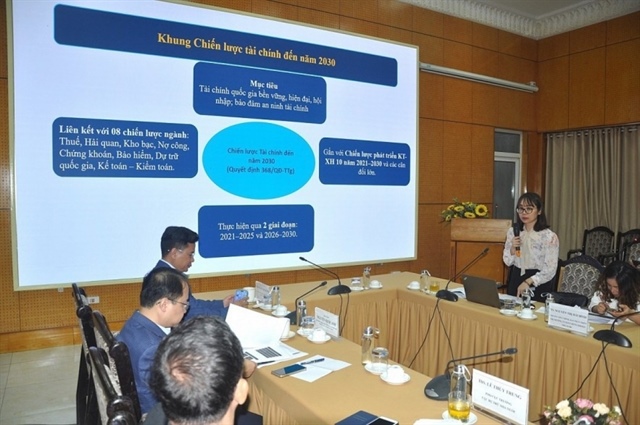SBV implies possible further interest rate reductions
SBV implies possible further interest rate reductions
The State Bank of Vietnam earlier this month stated that the lending interest rate would be stabilized for at least one year. However, it recently has revealed the possibility of easing the interest rates further.

One percent reduction expected
At a recent meeting with businesses in HCM City, the representative of the State Bank estimated that if the inflation rate is curbed at 7 percent, the deposit interest rate would be lowered to 8 percent per annum, which would allow slashing the lending interest rates further.
The inflation rate was curbed at 2.22 percent in the first seven months of the year. Therefore, the yearly inflation rate of 7 percent is within reach.
After the Vietnam General Statistics Office released the consumer price index (CPI) for July, JP Morgan Chase has predicted that the interest rate would decrease by at least 200 percentage points in the last six months of the year. The lower inflation rate would pave the way for the State Bank to loosen the monetary policies, thus helping foster the economic growth.
Standard Chartered also believes that the interest rate would decrease once more in 2012. The inflation has been going down more rapidly than initially expected, which may drop to 8.8 percent a month on average in 2012 from 18.7 percent in 2011.
Dr Le Xuan Nghia, a banking expert, former Deputy Chair of the National Finance Supervision Council, has predicted that the inflation rate would be 7-8 percent this year. And if this comes true, the deposit interest rate would decrease further by the end of the year, but only by a little – one percent to 8 percent.
In general, the margin between the deposit and lending interest rate is 3-4 percent. This means that if the deposit interest rate goes down to 8 percent, the lending interest would be around 12 percent.
Nghia does not think that the interest rate would be slashed by more than one percent, because sharp interest rate decreases would prompt people to rush to buy dollars.
The dollar deposit interest rate now is two percent per annum, while the CPI may increase by 4 percent more by the end of the year. If counting on the risk cost and the confidence in US dollar, about two percent, the dollar would become more attractive than dong if the dong interest rate falls down to blow 8 percent.
Worries still persist
Nghia said that the market has witnessed a lot of changes. Since the inflation rate is believed to be curbed, and the dong interest rate was much higher than dollar interest rate for a long time, banks, people and businesses have rushed to sell dollars to keep dong. Some commercial banks have reported the negative foreign currency position.
However, the situation would make a volte face if the dong interest rate goes down too sharply. If so, the local currency would be refused, while the dollar would appreciate.
Nghia said that the process of converting dollars into dong has stopped since the dong interest rate has been decreasing continuously. Therefore, the State Bank needs to be very cautious with the monetary policies for the last months of the year.
Nghia has also highlighted the high bad debts as one of the biggest problem of the national economy. The credit growth rate has been sliding, because lenders dare not lend, while borrowers cannot borrow money.
He stressed that this should not be blamed on the total demand decrease, but the problem lies in the high bad debt ratio, which has caused to the congestion of blood supply to the national economy.
The bad debt ratio is now at 8-10 percent per annum. If commercial banks themselves deal with the bad debts, it would take them five years to fulfill the task.
“Can we stand the five years of low growth rates, low inflation rates, production stagnation before the national economy recovers?” Nghia questioned.
vietnamnet

























